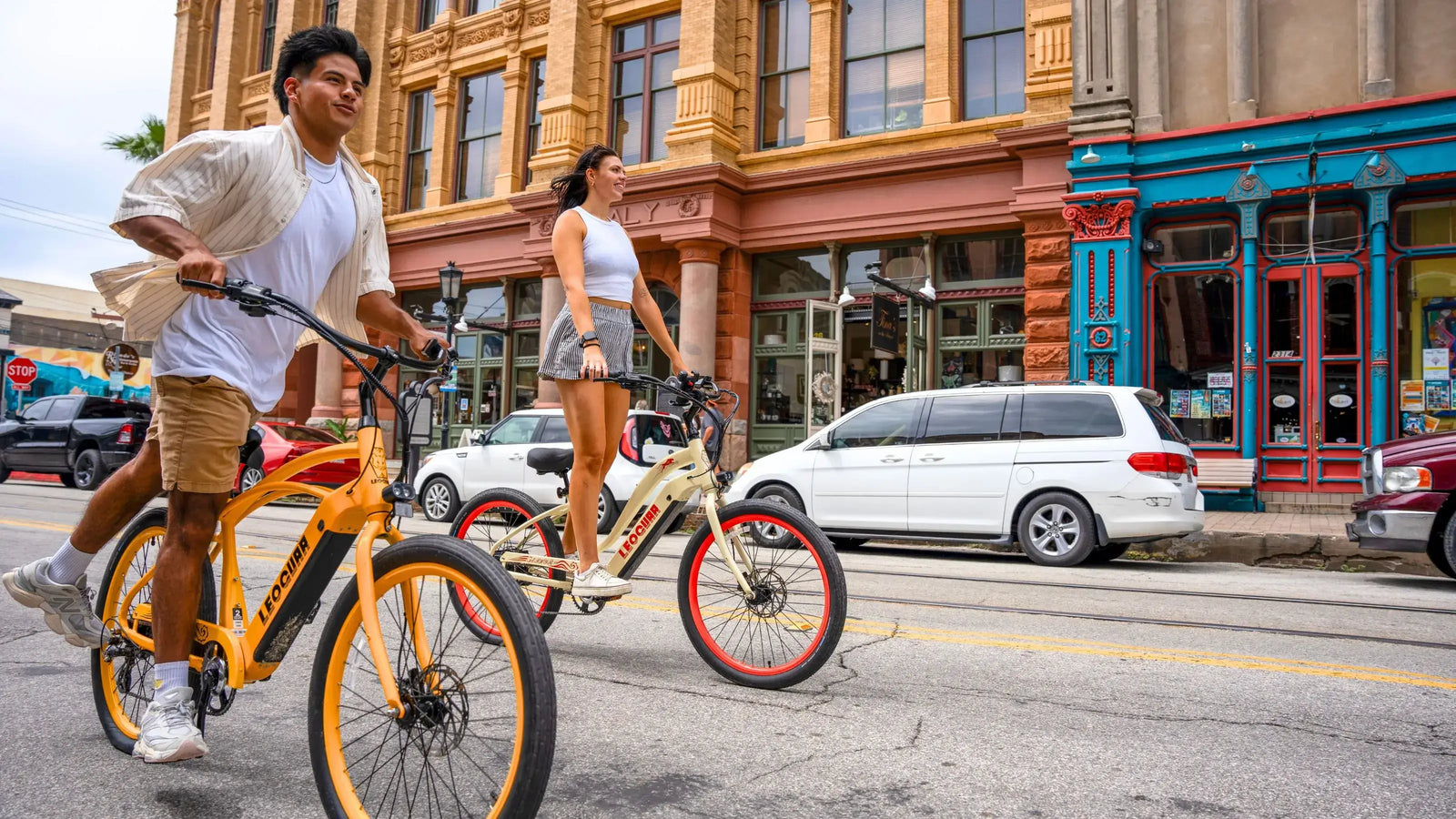
Types of Electric Bike Motors Explained: How to Pick the Right Electric Bicycle Motor
Understanding Types of Electric Bike Motors
This complete guide compares ebike motors side by side, helping you see which electric bike motor is best for your riding style. The motor acts as the heart of your e-bike, making or breaking your riding experience. Getting this decision right matters more than any other choice you'll make.
The market offers two main types of electric bike motors: Hub Motors and Mid-Drive Motors. Hub motors sit in the wheel, while mid-drive motors are found in the center of the frame. Each type has its own feel and works best for different riders and places. By the end of this guide, you'll know which motor fits your needs perfectly.
We'll cover the core types of motors and how they work. You'll also get a clear look at their good and bad points. We'll show you how to match a motor to your riding style. Plus, we'll talk about key factors like power, torque, and sensors that you need to think about.
The Two Main Types of Electric Bike Motors Explained
To make a smart choice, you need to know the two main motor types you'll see. Think of it like picking an engine for a car - the type and spot changes how it runs. We'll break down Hub Motors and Mid-Drive Motors for you. You'll learn how they work and what that means for your rides.
Hub Motors Compared: The Workhorse Type
A hub motor sits in the hub of either the front or rear wheel. It works on its own, separate from the bike's gears, and spins the wheel directly.
There are two types you'll find:
- Rear Hub Motors make up most hub motor bikes. Putting the motor in the back wheel gives better grip and feels more natural since it pushes you from behind.
- Front Hub Motors are less common but offer some cool benefits. They make an "all-wheel-drive" feel since your legs power the back while the motor powers the front.
They're also easier to put on and fix. But they can feel like they're pulling you and might slip more on wet or loose ground. You'll also see Geared Hub motors, which are smaller and lighter with better climbing power. Direct-Drive Hub motors are simpler and quieter, and some can charge the battery when you brake, but they weigh more.
Riding a hub-drive ebike feels like getting a strong, steady push from behind. The help comes right away when you twist the throttle or start pedaling, making it great for quick starts and easy cruising.
Mid-Drive Motors Compared: The Performance Choice
A mid-drive motor sits in the center of the bike's frame, right where the pedals connect. Instead of spinning a wheel directly, it powers the part you pedal.
This gives it a key advantage: the motor uses your bike's gears. Just like you shift to an easier gear to climb hills, the mid-drive motor can do the same. This lets it work at its best speed, giving great torque for steep climbs. The design feels more natural and balanced because the weight sits low and in the center.
A mid-drive motor feels less like a motor and more like you suddenly got super strong legs. The power flows smooth and feels natural, boosting your effort instead of just adding separate force.
This makes it perfect for mountain biking and performance road riding where control matters most.
Hub vs. Mid-Drive: Comparing Electric Bike Motor Types
If you search ‘ebike motors compared’, this is the key breakdown: hub motors vs mid-drive motors in real conditions. Here's a direct look at the key differences that matter most to buyers. Use this ebike motor comparison chart to easily see differences between hub drive, geared hub, and mid-drive motor options.
| Feature | Hub Motor | Mid-Drive Motor |
|---|---|---|
| Ride Feel | A "push" or "pull" feeling. Power works separate from your pedaling. | Natural boost of your own power. Smooth and seamless. |
| Hill Climbing | Good on medium hills. Can struggle on very steep, long climbs since it can't use gears. | Excellent. Uses the bike's gears to stay in its best power range. |
| Weight Distribution | Focused in the front or rear wheel, creating unbalanced feel. | Centered and low in the frame, giving better balance and handling. |
| Efficiency & Range | Less efficient since it runs at fixed speed no matter the terrain. | More efficient since it uses gears to stay in optimal range, often giving better battery life. |
| Maintenance & Wear | The motor itself needs little care. Can make fixing flat tires harder. | Puts more stress on the chain and gears, needing more frequent part replacement. |
| Cost | Usually cheaper. The technology is simpler and more common. | More expensive due to complexity and frame integration. |
| Best For | Commuting, casual riding on flat areas, budget-conscious buyers. | Mountain biking, performance riding, serious hills, carrying heavy loads. |
Which ebike motor is better for hills and range? Comparing hub motors vs mid-drive torque, the mid-drive motor wins for steep climbs because it can use the bike’s gears. But for flat roads, a hub motor is cost-effective and quiet. Always compare your motor options carefully to get the best performance for your terrain.
How Motor Sensors Influence Electric Bike Performance
The motor type is only half the story. The bike's "brain" - the sensor that tells the motor when and how much motor power to give - matters just as much. The sensor technology defines how the power assistance feels. This is why two bikes with the same electric bicycle motor can feel totally different.
Cadence Sensors: On/Off
A cadence sensor is a simple system that detects if you're pedaling. It uses magnets on the crank and a sensor on the frame. When the magnets pass the sensor, it tells the motor to turn on. The ride feels like an on/off switch.
As soon as you start turning the pedals, the motor gives a set level of help based on your chosen setting. It doesn't matter how hard you pedal - as long as you're moving the cranks, you get that full help level.
This can sometimes feel jerky, with power kicking in and out. They're simple, reliable, and cheap, which is why budget e-bikes use them, usually with hub motors.
Torque Sensors: Smart Amplifier
A torque sensor is more advanced technology that measures how hard you're pedaling. It uses a precise gauge to detect how much force you put on the pedals. The more pressure you apply, the more help the motor gives. The ride feels incredibly smooth and natural. It feels like a direct extension of your own power. If you pedal lightly, you get a gentle boost.
If you push hard to climb a hill, the motor responds instantly with more power. This gives a natural ride feel, more control, and better battery use since it only gives you the power you need.
Torque sensors are standard on virtually all mid-drive systems. They're also found on higher-end hub-drive e-bikes. Torque is measured in Newton-meters (Nm), which shows rotational force. This number often tells you more about a motor's real ability than its wattage.
A typical city bike might have 40-50 Nm of torque, which works great for city streets. High-performance electric mountain bikes can have 85 Nm or more for the steepest terrain.
Which Type of Electric Bike Motor Is Best for You?
Now that you understand the technology, let's make it a practical decision. By figuring out what type of rider you are, you can get a clear recommendation.
The Urban Commuter
Needs: Reliability, low maintenance, and enough power for city streets, stop-and-go traffic, and medium hills.
Recommendation:
- Motor: Geared Hub Motor (rear).
- Sensor: Cadence or Torque. A cadence sensor works fine for flatter commutes and costs less.
However, a torque sensor gives a much smoother ride in heavy traffic. Why: A hub motor is cost-effective and very reliable with little maintenance needed, perfect for daily use. It gives the quick acceleration needed to get away from traffic lights and keep up with traffic flow.
The Weekend Trail Explorer
Needs: Excellent hill-climbing ability, balanced handling on rough terrain, and a natural feel for technical control.
Recommendation:
- Motor: Mid-Drive Motor.
- Sensor: Torque Sensor (only).
Why: A mid-drive is the clear winner on trails. Its central weight is key for nimble handling, and its ability to use the bike's gears is essential for steep, technical climbs.
The smooth power from a torque sensor is crucial for keeping traction and control on loose surfaces. While mid-drives rule the trails, motor technology keeps evolving, with new ultra-compact hub motors aiming to set a new benchmark for premium urban bikes, blurring the lines for some uses.
The Casual Cruiser
Needs: Comfort, simplicity, ease of use, and a gentle boost for easy rides on bike paths and flat terrain.
Recommendation:
- Motor: Rear Hub Motor.
- Sensor: Cadence Sensor.
Why: For fun riding, simplicity and low cost are key. A simple hub motor with a cadence sensor gives a straightforward "get on and go" experience.
You just pedal, and the bike helps. There's no need for the complexity or cost of a high-performance system for relaxed weekend rides.
The Cargo Hauler
Needs: High torque for carrying heavy loads like groceries or children and getting started from a stop, especially on hills.
Recommendation:
- Motor: High-Torque Mid-Drive Motor or a powerful Geared Hub Motor designed for cargo.
- Sensor: Torque Sensor.
Why: Hauling weight requires serious power, and that means torque. A mid-drive motor is often better because it can use low gears for huge starting torque.
However, some powerful geared hub motors are made specifically for cargo use. In either case, a torque sensor is vital for controlling the power smoothly and safely when carrying precious or heavy loads.

Final Pre-Purchase Checks for Electric Bike Motors
Before you make your final decision, here are a few last things to consider. These will ensure you're fully ready to choose the best electric bicycle motor for you.
Power vs. Torque
Don't get too focused on the motor's power rating in Watts (like 250W, 500W, 750W). While it matters, torque (measured in Nm) often tells you more about real-world performance, especially for acceleration and hill climbing.
A well-made 250W mid-drive motor with high torque can easily beat a 500W hub motor on a steep hill. This happens because it can use the bike's gears more effectively. When you compare hub motor vs mid drive efficiency, the mid-drive motor usually delivers better battery range and hill climbing because it stays in its ideal gear range.
The Importance of Test Rides
There's no substitute for trying it yourself. We can explain differences all day, but a 10-minute ride will tell you more about your personal preference than an hour of reading.
Pay close attention to how the power kicks in, how the bike feels when turning, and how it handles a small hill. The "feel" of a motor is personal, and a test ride is the only way to know what you prefer.
Think About Maintenance
Consider the long-term ownership briefly. A hub motor is a self-contained unit that's very reliable, but it does make fixing a flat rear tire a bit harder. A mid-drive motor puts more wear on your chain and gears. This means you'll need to replace those parts more often than on a regular bike or a hub-drive e-bike.
Don't Forget the Battery
A great motor is useless without a good battery to power it. Remember that a more efficient motor, like a mid-drive, can often get more range out of the same size battery compared to a less efficient hub motor.
Always think of the motor and battery as one complete system. By comparing ebike motors side by side, you’ll choose a motor that fits your daily rides, hills, and budget.
Frequently Asked Questions
1. Q: How long do electric bike motors typically last?
A: Most electric bike motors last 5-10 years or 10,000-15,000 miles with proper care. Hub motors tend to last longer since they're sealed units, while mid-drive motors may need service sooner due to their complexity and integration with the bike's drivetrain.
2. Q: Can I upgrade my electric bike motor later?
A: Upgrading motors is usually not practical or cost-effective. Hub motors require specific wheel builds, and mid-drive motors need compatible frames. It's better to choose the right motor from the start rather than plan to upgrade later.
3. Q: What's the difference between 250W, 500W, and 750W motors?
A: The wattage indicates the motor's power output, but torque matters more for real-world performance. A 250W mid-drive with high torque often outperforms a 500W hub motor on hills. Higher wattage generally means more speed and power, but also drains the battery faster.
4. Q: Are mid-drive motors louder than hub motors?
A: Mid-drive motors are typically louder than hub motors because they work through the bike's chain and gears. Hub motors, especially direct-drive types, run very quietly. However, the noise difference is usually minimal and shouldn't be a major deciding factor.
5. Q: Do I need a throttle or is pedal-assist enough?
A: This depends on your riding style and local laws. Pedal-assist provides a more natural riding experience and better battery efficiency. Throttles are helpful for quick starts, riding without pedaling, or when you're tired. Many riders find pedal-assist with a torque sensor provides the best overall experience.
6. Q: How do hub motors compare to mid-drive motors for hills?
A: Hub motors work well for flat terrain and light hills, but a mid-drive motor performs better on steep hills. The mid-drive uses the bike’s gears for more climbing torque.
7. Q: Which is better hub motor or mid drive motor for long rides?
A: If you ride long distances with hills, a mid-drive motor is usually better because it’s more efficient on climbs. For city rides on flat roads, a hub motor is simple and reliable.
8. Q: Are geared hub motors better than direct drive hub motors?
A: Geared hub motors are lighter and deliver better hill climbing at low speeds. Direct drive hub motors are simpler and more durable, but heavier.
9. Q; Which is better, 350W or 500W?
A: A 350W motor works well for light commuting and mostly flat terrain. If you want a bit more hill-climbing power or plan to carry extra cargo, a 500W motor provides stronger acceleration and torque, but it may use more battery faster. The best choice depends on your riding style and local terrain.
10. Q: Which is better, Bafang or Bosch ebike motor?
A: Both Bafang and Bosch make reliable e-bike motors, but they focus on different strengths. Bosch is known for high-end mid-drive systems with advanced sensors, smooth pedal assist, and premium performance. Bafang offers a wide range of hub and mid-drive motors at more affordable prices, giving riders good value for money. The better choice depends on your budget and riding needs.
This ebike motor comparison guide is written with input from electric bike engineers and experienced riders. We’ve tested hub motors, geared hub motors and mid-drive systems on city streets, trails, and hills to give you real-world insights.



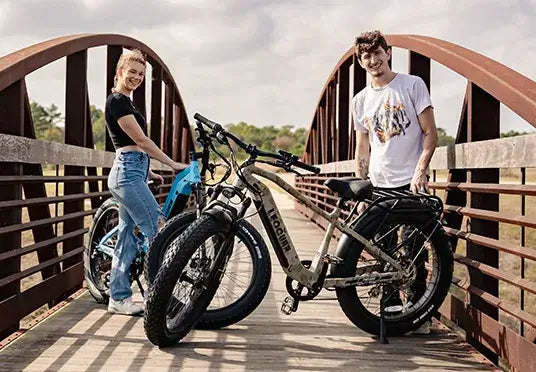
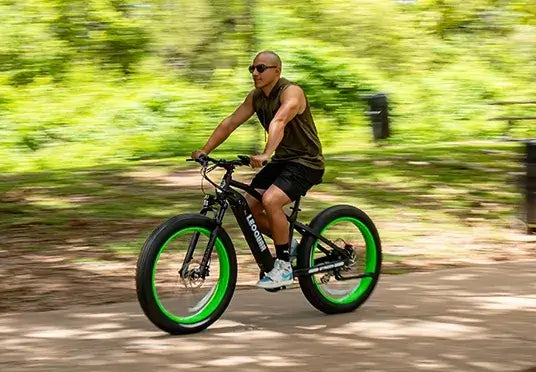
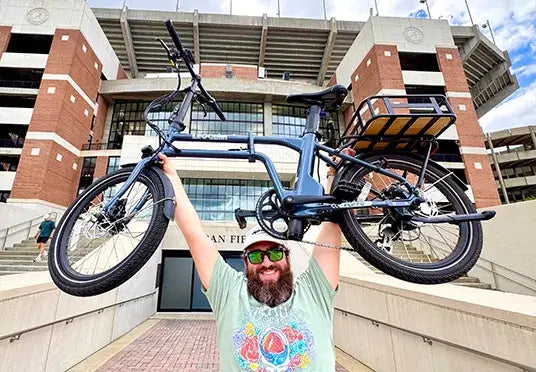
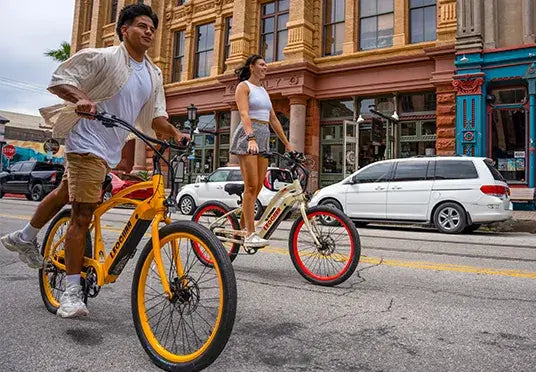
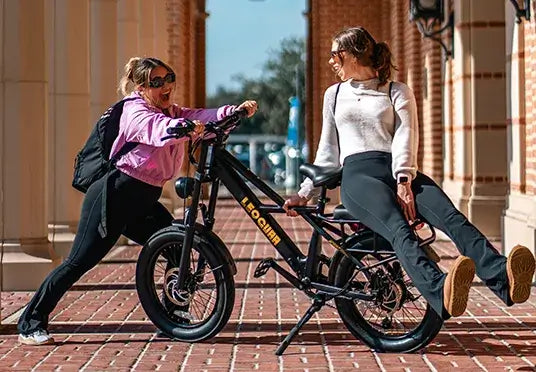
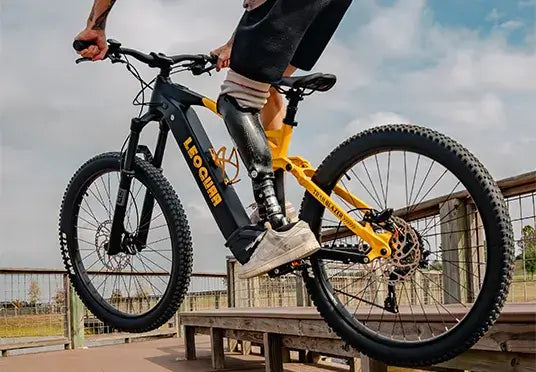
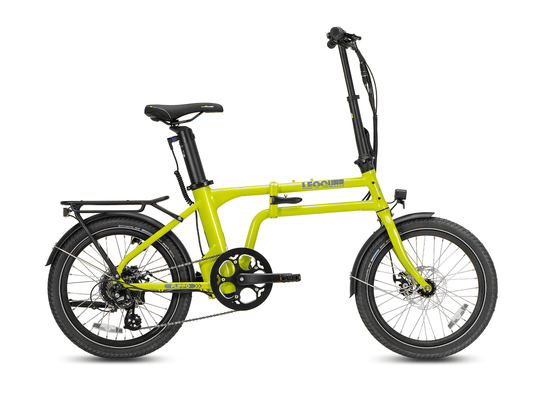
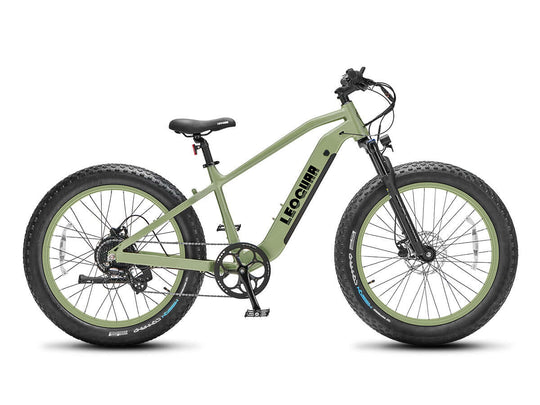
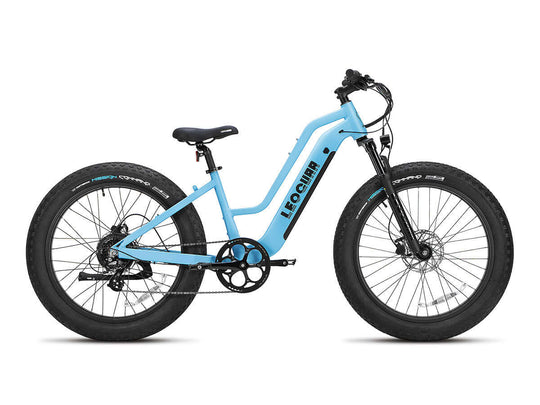
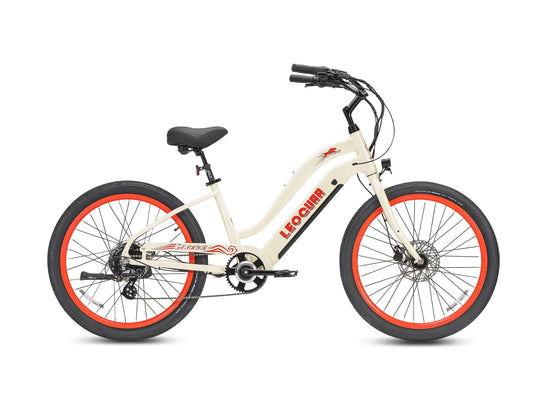
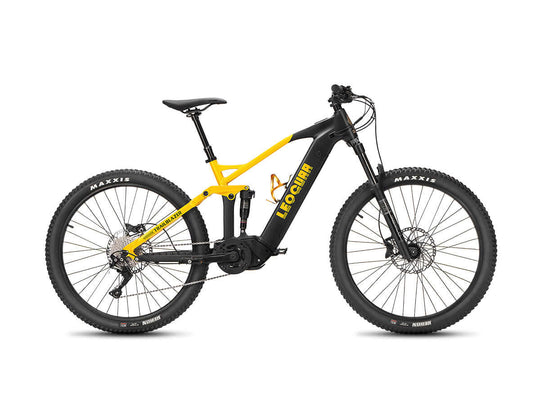
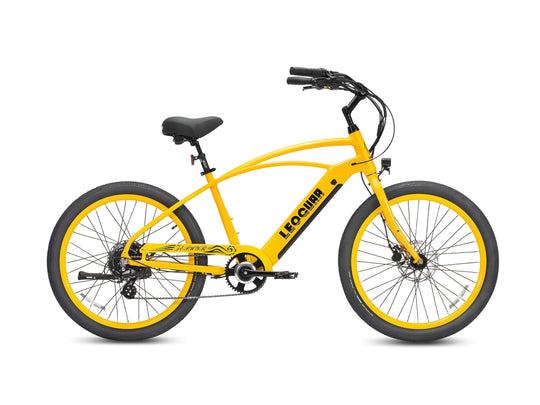
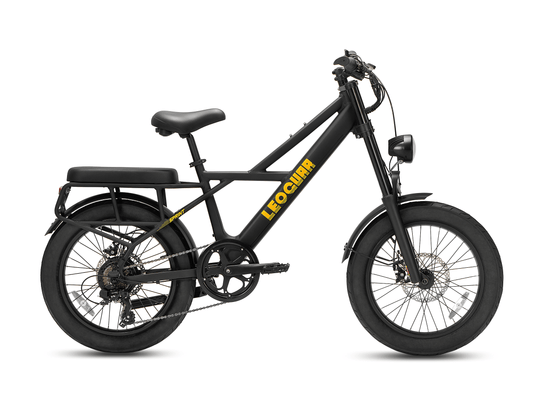
















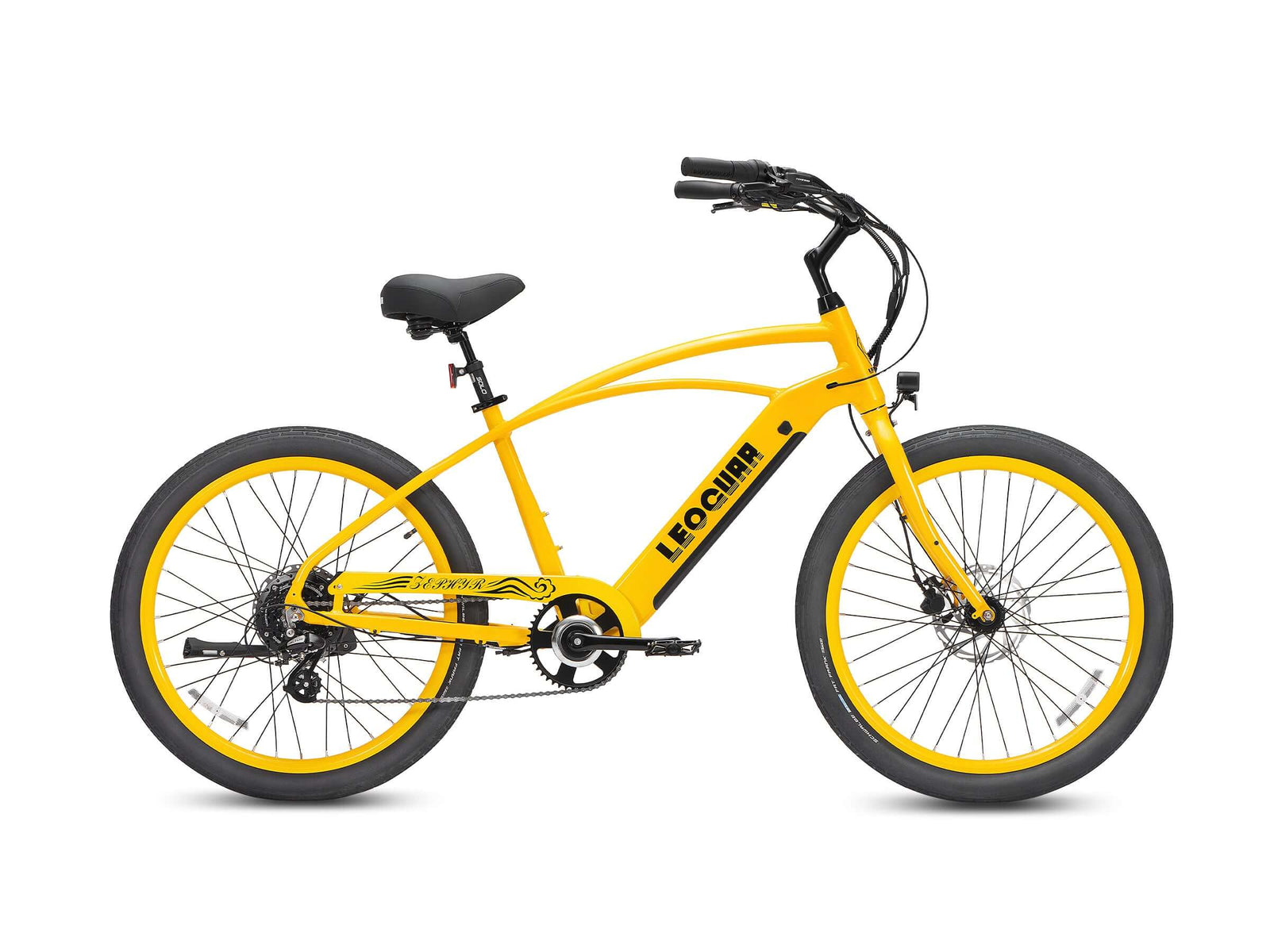








Leave a comment